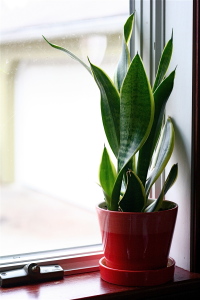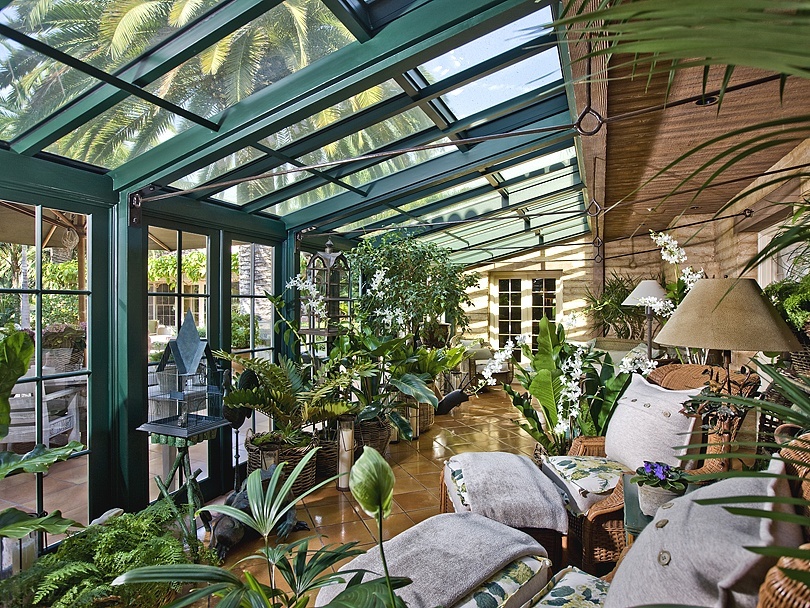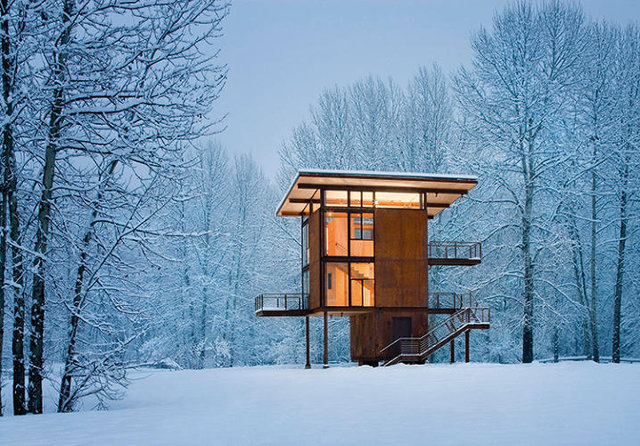Even though your plant resides in a pot indoors, it’s still keenly aware of the seasons. With shorter days, drier air and cooler temperatures, winter is perhaps the most challenging time a year for houseplants.
The trick to helping plants endure the harsher conditions is simply modifying your care routine. Check out these tips to keep houseplants happy and alive this winter.
Limit watering

Considering their growth rate is significantly slower during the winter, plants do not require as much water. Test the soil by putting your finger about one inch into the soil. If it feels dry, the plant needs a good soaking. Be sure to use lukewarm water.
Try a new window
From summer to winter, the angle of the sun changes, so place your plants near a different window for the season. You can also wash the window glass, inside and out, to help let in more light. Don’t forget to rotate the plants every so often to make sure they receive light evenly on all sides.
No food necessary
Because plants grow very little during the winter, fertilization is not necessary during these months. It’s best to withhold food until spring, when the days are much longer and the sun is stronger. Resume weekly feedings closer to spring to give plants a boost.
A good cleaning
Dusty leaves can clog pores, making it difficult for plants to fully absorb essential nutrients. Using a damp cloth, wipe the leaves to get rid of any dust or debris. A thorough cleaning will also help get rid of any unwanted pests.
Improve humidity
Houseplants prefer a humidity level of 40 to 50 percent. Unfortunately, during the winter months, the humidity level in heated homes tends to only be 10 to 20 percent.
To combat low humidity, frequently mist the plants, and put any tropical plants on a tray of rocks with a small amount of water. Or turn on a humidifier to cut through dry air.
Pay attention to temperature

During the daytime, most plants prefer a temperature between 65 to 75 degrees Fahrenheit, and at night time about 10 to 15 degrees cooler. Dramatic fluctuations in temperature can be damaging, so it’s best to keep plants away from cold windows, or sources of heat, such as stoves, fireplaces and radiators.
Pruning
To stay healthy and attractive, plants need a little pruning from time to time as part of their maintenance. Many houseplants have soft stems, which make them relatively easily to prune — no tools required.
Using your thumb and forefinger, pinch off any dying flowers and remove any damaged leaves.
For thicker stemmed plants, pruners or sharp scissors may be necessary.
read more…
 Photo by Janez Marolt via Dezeen
Photo by Janez Marolt via Dezeen








